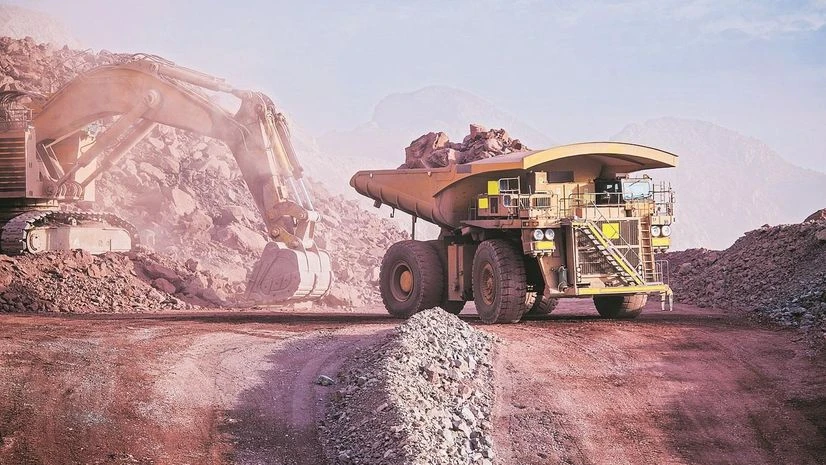To harness India’s offshore mineral wealth, the Centre launched its first-ever auction of offshore critical mineral blocks on Thursday. The auction includes 13 blocks located across the Arabian Sea and the Andaman Sea. These comprise three blocks of construction sand in Kollam, Kerala; three blocks of lime mud in Porbandar, Gujarat; and seven blocks of polymetallic nodules and crusts near Great Nicobar Island.
Union Minister of Coal and Mines G Kishan Reddy, while launching the offshore critical mineral auction, called it a historic milestone, highlighting that it unlocks India’s exclusive economic zone (EEZ) of roughly 2.37 million square kilometres (msk).
“For nearly two decades, there was no progress in offshore mining despite the existence of the Offshore Areas Mineral (Development and Regulation) Act, 2002. This auction paves the way for harnessing the blue economy. With this, India joins an elite group of nations engaged in offshore mining,” Reddy said.
The initiative aims to address the growing demand for critical minerals such as lithium, cobalt, nickel, and copper, which are projected to increase up to eightfold in the coming years.
The minerals offered in the auction have diverse industrial applications.
Also Read
Construction sand is a crucial component for infrastructure development, used in making concrete, mortar, and other building materials.
Lime mud, a calcium carbonate-rich by-product, finds applications in cement production, water treatment, and soil stabilisation.
Polymetallic nodules and crusts, abundant in critical minerals like cobalt, nickel, copper, manganese, and rare earth elements, are essential for advanced technologies, including batteries, electronics, and renewable energy systems such as wind turbines and electric vehicles.
India is set to explore its vast EEZ, an area covering roughly 2.37 msk and extending 200 nautical miles (370.4 kilometres) from the baseline of its territorial waters. The exploration could expand the country’s obvious geological potential area (mineral prognosticate area), which currently spans 688,000 square kilometres.
The Geological Survey of India has explored only one-third of the total area and submitted over 30 reports on offshore mineral resources. The ministry has selected and offered the most economically viable blocks for the auction.
Ahead of the launch, V L Kantha Rao, secretary, Ministry of Mines, in his address underscored the importance of reducing import reliance, describing it as “key to India’s future”.
He highlighted how the offshore auction will diversify India’s mineral sources and support the nation’s net-zero commitments by 2070, aiming to build a more resilient India through sustainable resources from the deepsea.
Offshore minerals, located deep within the Earth’s crust, are more challenging to extract compared to their onshore counterparts. India's offshore reserves include valuable resources such as gold, diamonds, copper, nickel, cobalt, manganese, and rare earth elements. The offshore auctions aim to enhance the domestic availability of these critical minerals, reducing the country’s reliance on imports.
In August 2023, Parliament amended the Offshore Areas Mineral (Development and Regulation) Act, 2002, mandating auctions as the sole method for allocating offshore mineral blocks. The amendment aims to streamline the process of granting production leases and composite licences for the exploration and extraction of resources.

)